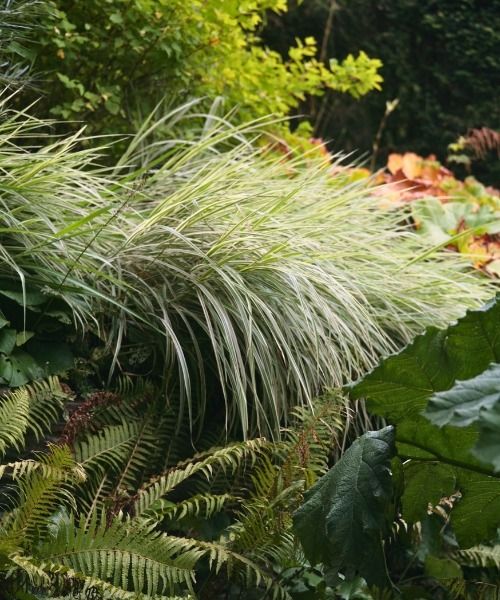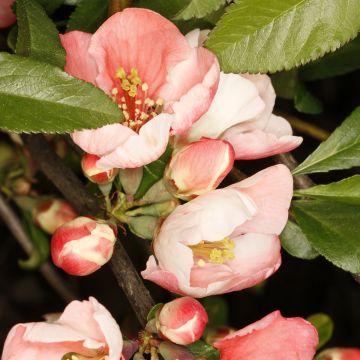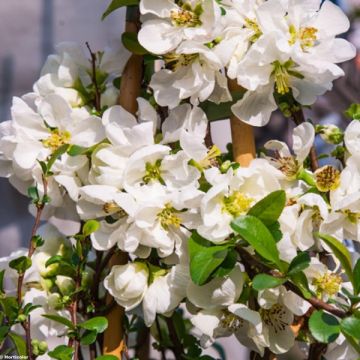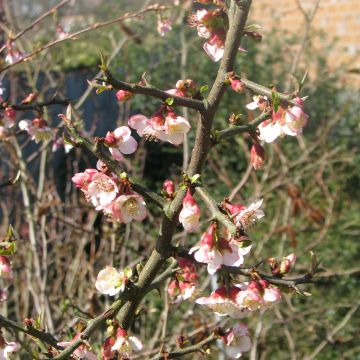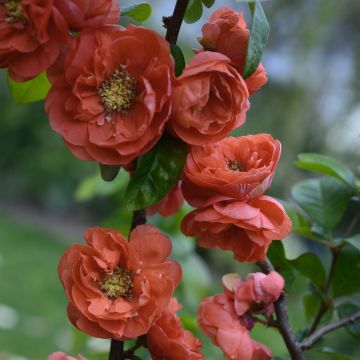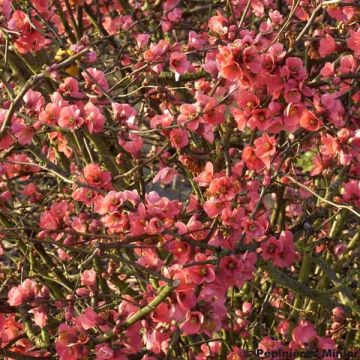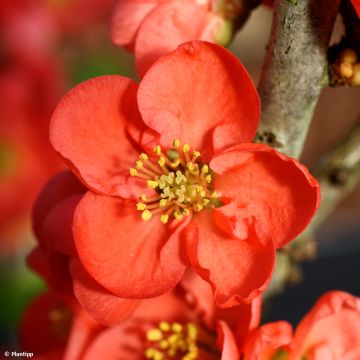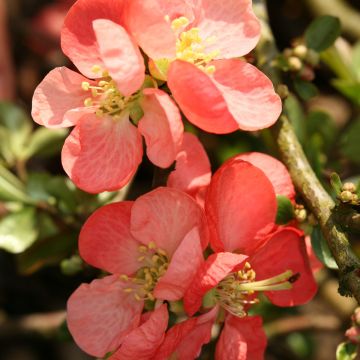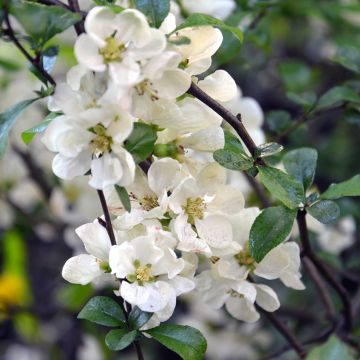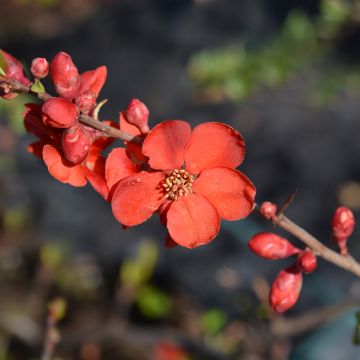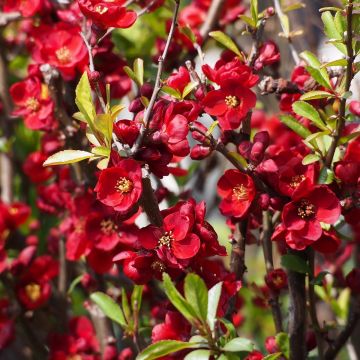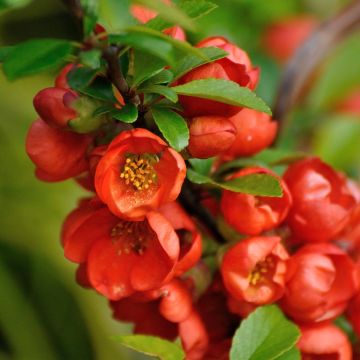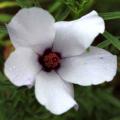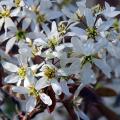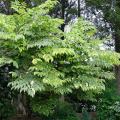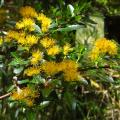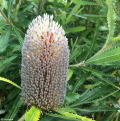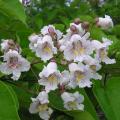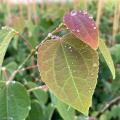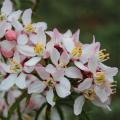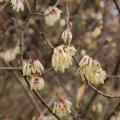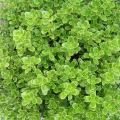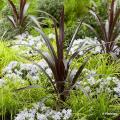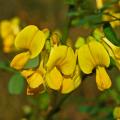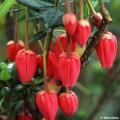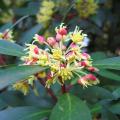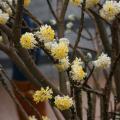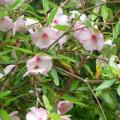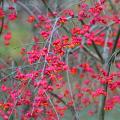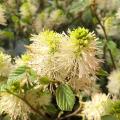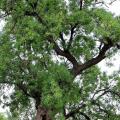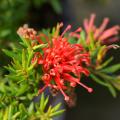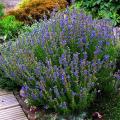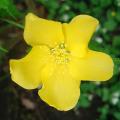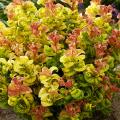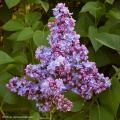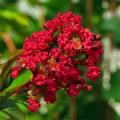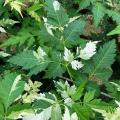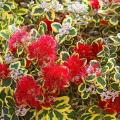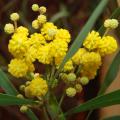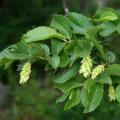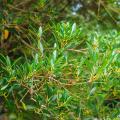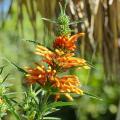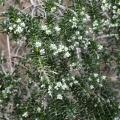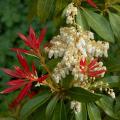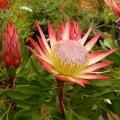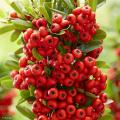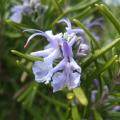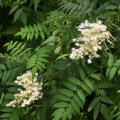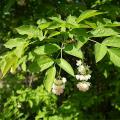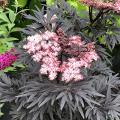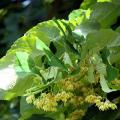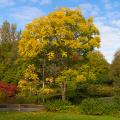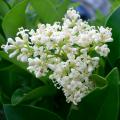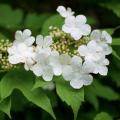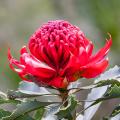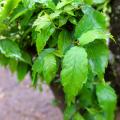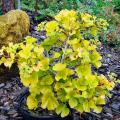Chaenomeles - Quince tree
Does this plant fit my garden? Set up your Plantfit profile →
Available in 1 sizes
Available in 1 sizes
Available in 2 sizes
Available in 2 sizes
Available in 2 sizes
Available in 2 sizes
Available in 1 sizes
Available in 1 sizes
Available in 1 sizes
Available in 2 sizes
Available in 1 sizes
Available in 3 sizes
Available in 1 sizes
Available in 2 sizes
Available in 1 sizes
Available in 2 sizes
Available in 1 sizes
Available in 2 sizes
Available in 2 sizes
Available in 2 sizes
Available in 1 sizes
Available in 1 sizes
Available in 1 sizes
Available in 1 sizes
Available in 1 sizes
Available in 1 sizes
Available in 1 sizes
Available in 1 sizes
Available in 2 sizes
Available in 1 sizes
Available in 1 sizes
Available in 1 sizes
Available in 1 sizes
Available in 1 sizes
Available in 1 sizes
Available in 1 sizes
Available in 1 sizes
The Chaenomeles, or Japanese Quinces, are shrubs highly prized for their early flowering in late winter. Their flowers, single or double, pink, red, or white depending on the varieties, appear in abundance on a tangle of naked branches before the foliage. Nectar-rich and honey-bearing, the flowers of Japanese Quinces attract pollinators. They give way in autumn to small, firm, decorative, and fragrant globular fruits, which can be used to make deliciously scented jams. The Chaenomeles, belonging to the rose family, are all native to East Asia (China, Japan, Korea): they are vigorous deciduous shrubs that are perfectly hardy and can adapt to a wide variety of growing conditions. You can use them in flower beds, as standalone plants, or as hedges where their thorny branches prove very effective at creating barriers. You can also train them against a wall. Plant them in ordinary, preferably moist but well-drained soil. They are very easy to grow and the plants tolerate limestone and resist drought once established. Caring for these plants consists of an annual pruning of the oldest branches.
You have not found what you were looking for?






























